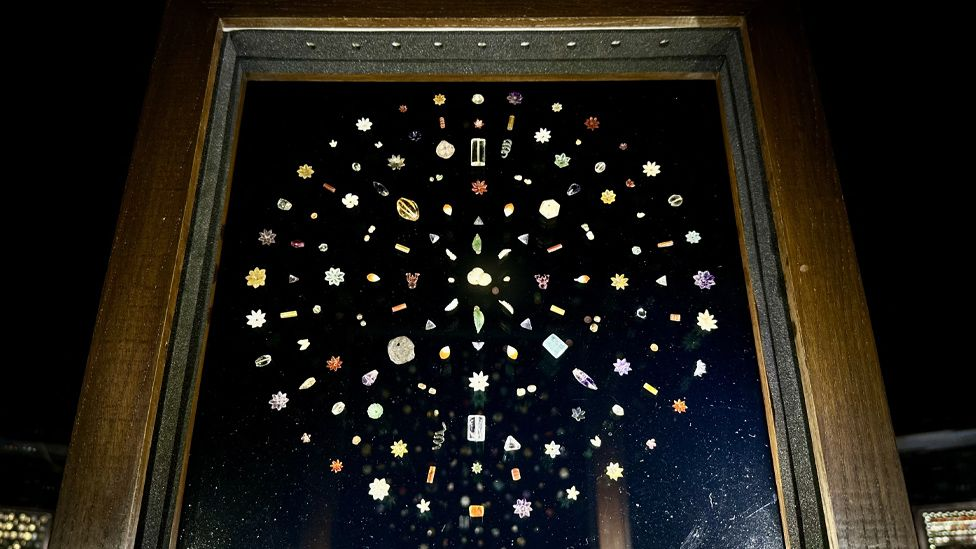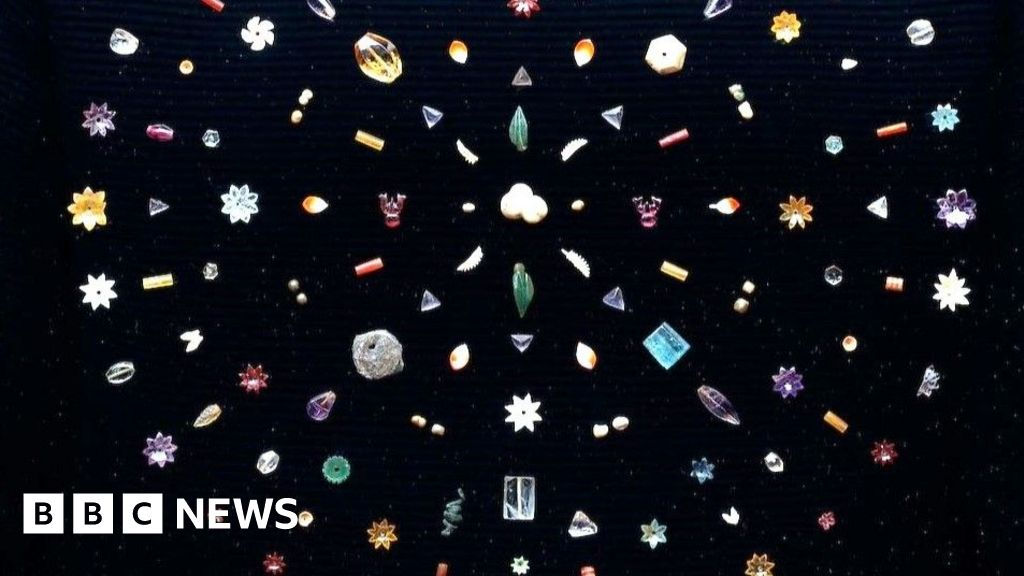Introduction
Sotheby’s, one of the world’s most prestigious auction houses, has halted the sale of several rare Buddhist artifacts after an official objection from the Indian government. The controversy centers around the spiritual and cultural significance of these jewels, believed to have been looted or illegally exported from India. This article highlights the top 5 Buddha-related artifacts pulled from the auction and explores the geopolitical and ethical concerns raised by their sale.



1. 18th-Century Gold Buddha Crown
Among the most talked-about pieces was a golden crown adorned with precious gemstones, reportedly worn during ritual Buddhist ceremonies. India claims the crown was illicitly removed from a monastery in Bihar, a region rich in Buddhist heritage.
2. Gilded Bronze Statue of Shakyamuni Buddha
This intricately crafted statue, dated to the 17th century, was expected to fetch over $1 million. Indian officials argue the piece belongs in a museum in Bodh Gaya, considered the birthplace of Buddhism.
3. Ancient Ritual Rosary (Mala)
Crafted from sacred sandalwood beads and said to be used by Buddhist monks, this rosary is linked to India’s Nalanda University, one of the oldest centers of learning. Its presence in the auction catalog sparked immediate backlash from historians and religious leaders.
4. Bejeweled Stupa Miniature
A miniature stupa covered in diamonds and rubies, symbolizing enlightenment, was also pulled from the auction. The piece’s origin is currently under investigation by the Indian Ministry of Culture.
5. 19th-Century Buddhist Manuscript Cover
This elaborately decorated manuscript cover features motifs of the eight auspicious symbols in Buddhism. Indian officials suspect it was smuggled during the colonial era and have demanded its repatriation.
India’s Diplomatic Intervention
India’s Ministry of Culture sent a formal request to Sotheby’s, citing the 1970 UNESCO Convention on the Means of Prohibiting the Illicit Import, Export and Transfer of Ownership of Cultural Property. This diplomatic pressure led to the auction’s suspension.
In a statement, Sotheby’s said: “We take cultural property claims very seriously. In light of India’s concerns, we have withdrawn these items from sale pending further investigation.”
Global Implications and the Repatriation Debate
The Sotheby’s controversy is part of a larger global debate over the repatriation of cultural artifacts. Many museums and private collections are facing scrutiny over items acquired during colonial times or through questionable means. India has ramped up efforts in recent years to retrieve sacred and historical objects scattered across the globe.
Experts say the move could set a precedent for how auction houses handle future sales involving religious and culturally sensitive items. Institutions may now face stricter demands for provenance transparency and due diligence.
Conclusion
The halting of Sotheby’s Buddha jewels auction underscores the rising global emphasis on ethical collecting and cultural justice. As nations like India push for the return of their sacred heritage, auction houses and collectors must navigate the fine line between art commerce and cultural respect. Whether these Buddha relics will eventually return to India remains to be seen, but their withdrawal marks a significant moment in the evolving dialogue on cultural restitution.
Want to learn more about the return of sacred heritage? Read our feature on How UNESCO Helps Countries Reclaim Stolen Artifacts.









